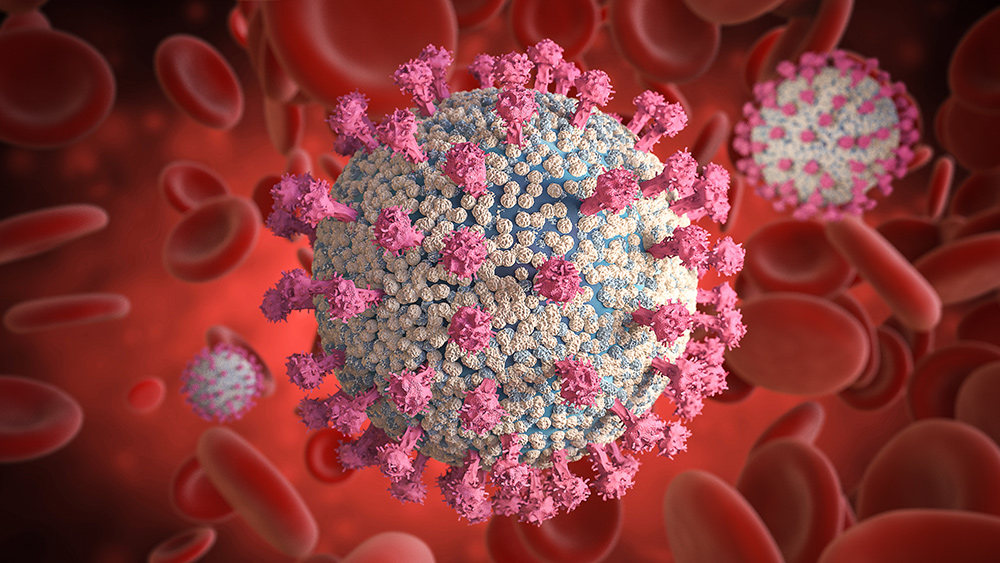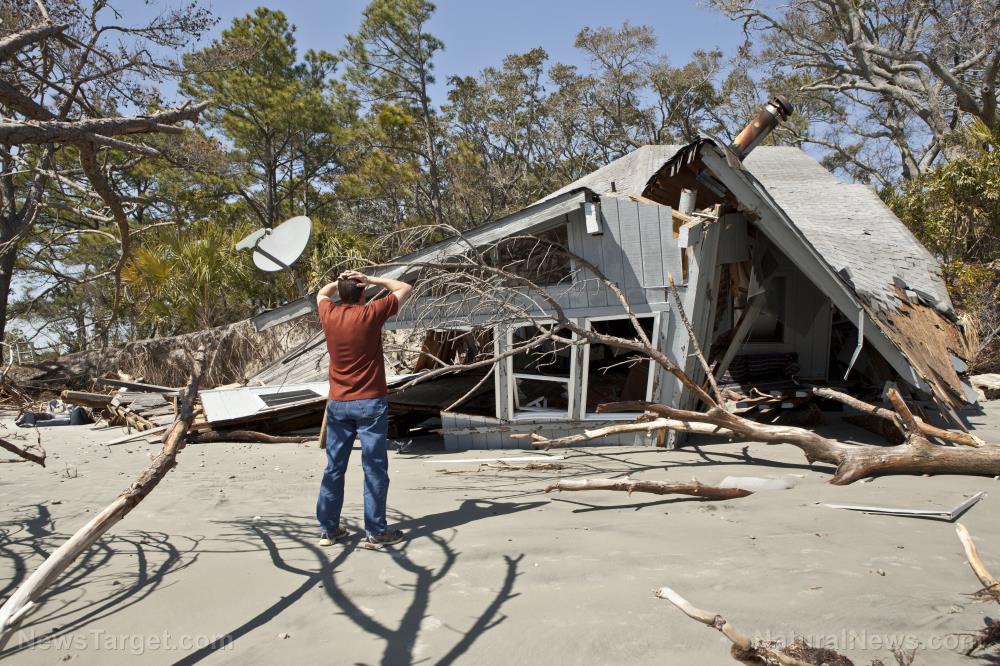
Prepping isn't just about stockpiling supplies and gear, although that's also important. The prepping mindset is key to helping you survive no matter what kind of disaster scenario you may have to face. To be fully prepared, you must have a prepper mindset, which can help you look at a situation with a fresh pair of eyes. It can help you assess your options calmly, which defines the prepper mindset. Executing this isn't always easy, but if you learn these three steps by heart, it'll be easier to hone your prepper mindset so you can survive even after SHTF. (h/t to TheOrganicPrepper.com)
(1) Accept.
Acceptance must always come first no matter what scenario you're facing. This won't always be easy since the mind is programmed to protect you from emotional trauma.
Cognitive dissonance refers to when a reality is uncomfortable or doesn’t agree with your own beliefs to the point that you choose to believe in something false just to feel a sense of comfort. According to psychologist Leon Festinger, who first identified the principal of cognitive dissonance, "a motivational state of inner tension is triggered by logically inconsistent ways of thinking."
Not everyone will survive a crisis. However, per Amanda Ripley's book "The Unthinkable: Who Survives When Disaster Strikes – and Why," it was revealed that out of hundreds of survivors, those who persevered were able to accept their new reality quickly.
The moment disaster strikes, don't waste time denying what's happening to you. Accept it, and start thinking about how you can survive what just happened to you.
(2) Plan.
After you've accepted what happened, start planning. This may be difficult if you're not used to planning, but it will be easier if you practice. (Related: Mental preparedness: How to think like a survivalist.)
You can do this by gathering your family for a "Prepper Movie Night" and watching some of the movies from this list. You can build everyone's prepper mindset by analyzing the situations you all see onscreen and thinking about several things:
- What would you do in that situation?
- What are the things that can go wrong?
- How can you prepare for these dangers?
Watching movies or reading books that deal with survival situations can help you prepare for actual SHTF scenarios. While this isn't the same as a real-life event, it can help you sharpen the skills that let you assess a situation and plan how to deal with it.
You can also build your awareness by playing "Kim’s Game," which is based on the book "Kim" by Rudyard Kipling. The game will teach you to observe your surroundings quickly and commit observations to memory.
The game involves asking questions like how many people are in a certain area or finding more than one way to exit a building. The game will improve your observation skills and how fast you can absorb information.
Don't stop at plan A because you don't know if and when you might need a plan B or C.
(3) Act.
This third step can help save your life. After you've accepted the situation and made plans, you must then act.
The usual reaction to a disaster scenario is to freeze, but as a prepper, you must break free from this paralysis so you can survive. This "freezing" is called "tonic immobility" in behavioral science. The immobility is a biological impulse, and in a survival scenario, it may be caused by "an overload of stimuli because of the demands of creating your plan."
The best way to deal with this immobility is to get used to steps one and two, which can significantly increase your chances of survival. When facing an emergency, being able to accept and plan as fast as you can mean you'll have more time to put your plan into action.
In some cases, action may seem like inaction. For example, taking shelter somewhere is the better course of action during bad weather. Focus on thinking clearly so you can properly assess every situation.
Read up on real or fictional scenarios where others have had to survive so you can sharpen your reflexes because when SHTF, the most critical tool to have is a prepper mindset.
Practice having a prepper mindset to help you survive when SHTF. Learn more at Preparedness.news.
Sources include:
Please contact us for more information.





















